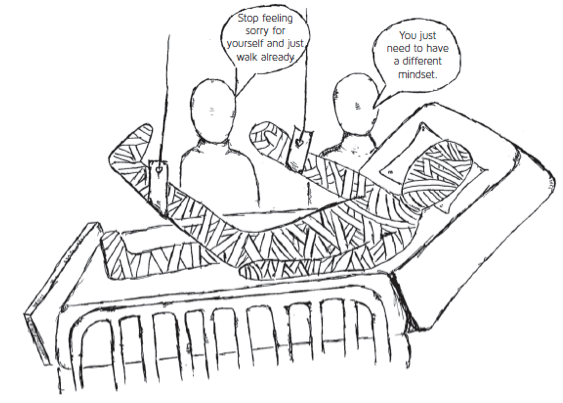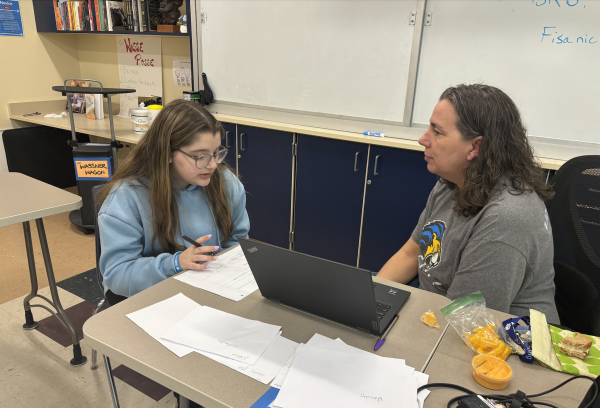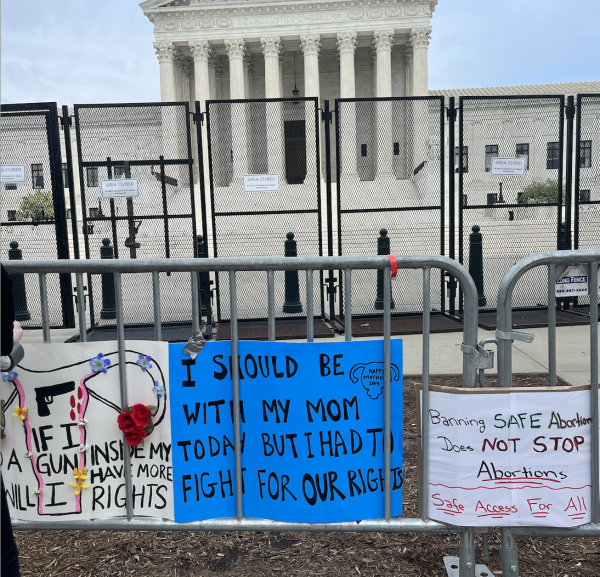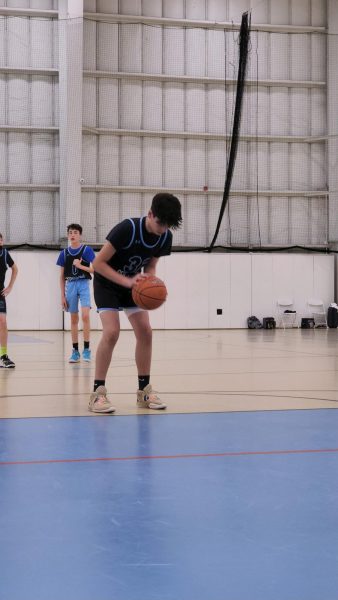Facing the stigma together through social media
May is Mental Health Awareness Month, so we might expect to find our various social media feeds filled with information and posts on mental health. Unfortunately, a quick scroll through Twitter or Facebook will show just the opposite: an uncanny silence regarding mental health and the seriousness of the issue.
Despite all of the issues we constantly discuss and debate on social media, mental health manages to avoid the attention it desperately needs. Social media serves many purposes and is used in many different ways, which is why the lack of coverage on mental health is so shocking.
There are countless mental disorders and illnesses that have the potential to make functioning on a day-to-day basis nearly impossible for those who have severe cases. According to the National Alliance on Mental Illness (NAMI) it is estimated that roughly ten million Americans have a serious mental illness, and of those ten million, 50 percent have had a chronic mental illness by age 14.
A major problem that these people face is the stigma that surrounds mental illness. NAMI explains that the stigma leads to fear, mistrust, violence and discrimination against those with mental illness.
The stigma not only prevents us from taking positive steps forward, but actually sets those with mental illness backwards. According to NAMI, nearly two thirds of those with mental illness do not seek treatment due to “lack of knowledge, fear of disclosure, rejection of friends, and discrimination.” This statistic is particularly alarming due to the number of students who suffer from mental illness who suffer from mental illness. NAMI reported that nearly one in every five kids aged 13-18 live with a mental health illness, while nearly 17.0 percent of students seriously considered attempting suicide in the past 12 months.
The probability that close to one-fifth of our community has had suicidal thoughts is why we need to work to eliminate the stigma. It is particularly crucial that we, as students, work to better understand mental illness and the effects it has. NAMI cites awareness through advocacy and education as the best way to eradicate the stigma. If we decide to turn a blind eye towards mental illness, the staggering number of teens who experience mental illness and commit suicide will only worsen.
One person who did not turn a blind eye towards mental illness was Junior Yona Levitt who posted on Facebook about his battle with depression.
In an age where social media does not realistically depict people’s lives, Levitt’s post was unique. According to a Huffington post column written by CEO of RKG Marketing Solutions Kay Green, “the social media effect creates a false sense of self and self-esteem through the use of likes, fans, comments, posts, etc. For many social media users, it is an esteem booster, which explains why so many people spend so much time on social media. It provides many individuals with a false sense of self and an inflated sense of who they really are.”
What Levitt did defied this standard and went against the “norms of social media.” This makes the positive feedback and responses that he got for his post that much more surprising. Levitt said that there was so much positive feedback and people even reached out to him due to similar experiences.
“My post has been reshared around 250 times, more than I thought I’d ever get,” Levitt said. “That’s really what I wanted to happen for that post: that I can spread my story with more people because even within the first ten minutes, so many people reached out to me saying that they had gone through something similar things and that they know how tough it is. They’re thankful that I did spread my story because there are stories that are similar about mental health and I think that they’re thankful that I did it.”
According to the Center for Mental Health Studies, it is important to “talk about how mental illness touches us all in some way directly or through a friend, family member or colleague. Stories of lived experience are the best way to help eradicate stigma.”
While not everyone has the same story as Levitt, the idea of posting about mental health on social media to create awareness should not seem foreign. Not only did Levitt’s one post reach the feeds of thousands of people, but it impacted the lives of a number of people who read the post and relate to it.
When trying to understand why Levitt’s post had such positive feedback, it is important to look at its nature and meaning. The post was not created to start a debate or share a controversial opinion, but rather to share a story that would give people a better understanding of what he went through and what others, whom we may not know about, are going through.
For those of us who have gone not through similar experiences as Levitt, we need to be open to those who have by sharing their experiences and feelings. It is an important part of the process of educating ourselves and achieving a better understanding of what mental health really is.
In the case of mental illness, social media needs to be better recognized as a platform to share feelings and create awareness. While there is no problem with having a discussion in person about this issue, social media is very accessible and reaches a large amount of people.
In a world where over 2.3 billion people use social media, we need to use it as a driving force to raise awareness and help end the stigma towards mental health. Without increased awareness, the disillusionment regarding mental health will not get better. Without sensible discussions, the level of awareness needed to spark a real change will not be achieved.











